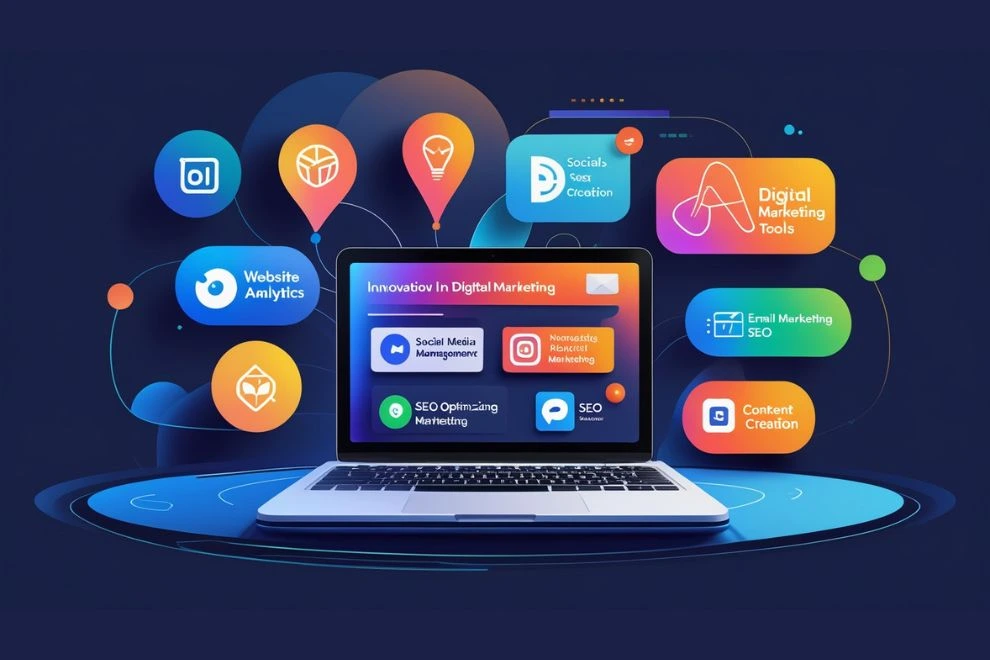10 Business Ideas You Can Start from Home Today
Starting a business from home has never been easier, thanks to technology and evolving market demands. Whether you’re looking for a full-time venture or a side hustle, there are numerous opportunities to explore. Here are ten business ideas you can start from home today, with little to no investment. 1. Freelance Writing If you have a way with words, freelance writing can be a lucrative home-based business. Businesses, blogs, and websites need high-quality content, including articles, blog posts, and product descriptions. Platforms like Upwork, Fiverr, and ProBlogger help you connect with clients. As you gain experience, you can specialize in niches like finance, health, or technology, increasing your earning potential. 2. Virtual Assistance Many businesses outsource administrative tasks such as email management, appointment scheduling, and social media handling to virtual assistants (VAs). If you’re organized and tech-savvy, becoming a VA can be a great way to earn money from home. Websites like Belay, Time Etc, and Freelancer can help you find clients. 3. Online Tutoring With the rise of e-learning, online tutoring is in high demand. If you’re knowledgeable in subjects like math, science, or languages, you can offer virtual tutoring sessions. Platforms like VIPKid, Wyzant, and Chegg Tutors connect tutors with students. You can also create your own course and sell it on Udemy or Teachable. 4. Dropshipping Business Dropshipping allows you to sell products online without holding inventory. You set up an online store, and suppliers handle shipping and fulfillment. Platforms like Shopify and WooCommerce make it easy to launch a dropshipping business. Choose a niche, find reliable suppliers, and focus on marketing to generate sales. 5. Handmade Crafts and Etsy Store If you love creating handmade items like jewelry, candles, or home decor, selling on Etsy or Amazon Handmade can turn your hobby into a profitable business. With a strong brand and social media marketing, you can attract customers and grow your business globally. 6. Social Media Management Businesses need a strong online presence, but many lack the time or expertise to manage social media accounts effectively. If you understand platforms like Facebook, Instagram, and LinkedIn, you can offer social media management services. Content creation, engagement, and strategy development are key tasks in this field. 7. Affiliate Marketing Affiliate marketing involves promoting products or services and earning a commission for each sale made through your referral. You can start by creating a blog, YouTube channel, or social media page focused on a niche like fashion, fitness, or technology. Programs like Amazon Associates, ShareASale, and ClickBank offer great opportunities for beginners. 8. Print-on-Demand Business Print-on-demand (POD) is a low-investment business model where custom designs are printed on products like T-shirts, mugs, and phone cases. Websites like Printful and Redbubble handle production and shipping. If you have a knack for graphic design, POD can be a great way to earn passive income. 9. Blogging and YouTube Channel Blogging and YouTube content creation can be highly profitable when done right. Choose a niche you’re passionate about, create valuable content, and monetize through ads, sponsorships, and affiliate marketing. While building an audience takes time, consistent effort can turn your blog or channel into a full-time income source. 10. Home-Based Baking Business If you love baking, turning your kitchen into a bakery can be a rewarding business. You can sell cakes, cookies, and other treats locally or take custom orders for events. Social media platforms like Instagram and Facebook can help you market your baked goods and attract customers. Starting a home-based business allows you to be your own boss while enjoying flexibility and low overhead costs. Choose a business idea that aligns with your skills and interests, and take the necessary steps to grow it successfully. With dedication and the right strategy, you can turn your passion into a thriving business from the comfort of your home.









